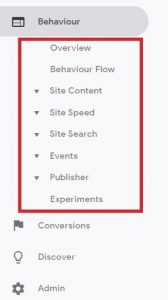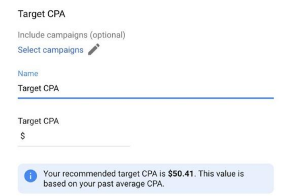
allycatfoxtrot / Pixabay
I try to set a good example for my clients by doing a lot of market research.
This takes many forms that most of us can do with little trouble like ethnography, one-to-one conversations, small focus groups, and surveys.
Over the last few years, I’ve noticed a pretty alarming trend. The trend is that around 40% of businesses don’t have a stated strategy.
No strategy.
Nada.
Zip.
This is alarming because most people at least fake it, say they have something close to a strategy or offer up some platitudes about growth or something or another.
On the other side of the equation, the 60% of folks that say they do have a strategy are often missing the point because their “strategy” is often a wishlist of ideas, thoughts, or never going to happen items meant to convey focus.
This is present in about 80% of the companies I talk with.
As I’ve been investigating this, I’ve come to see a pattern of signs that mean you have no strategy and you need to take a step back before you find yourself on the treadmill of tactics, falling further and further behind the competition in your market that does have a strategy.
Here are 3 deadly signs you don’t have a strategy.
1. You lack SMART objectives:
What do I mean by SMART objectives?
Specific. Measurable. Ambitious. Realistic. Time Bound.
Like I mentioned in the intro, most companies have wish lists, not objectives.
They might sound like “we are going to pursue growth” or “we are going to brand purpose” or something meaningless.
Here’s something that meets my criteria and is a real-world example stripped of context to show you exactly what this looks like:
“We are working on improving our customer retention from 65% to 75% by December 2022.”
You notice the difference?
2. You are chasing the tail of tactics:
This shows up in the way that people will mention something along the lines of: “We must come up with a strategy for TikTok” or something similar.
The challenge here is that you are being driven by a tactic not making a strategic investment in using a tactic to achieve a certain goal.
In thinking about your strategy, before you decide you “need” to be on TikTok, you should have an idea of what are your business is going to focus on winning in and that will lead you to the path of understanding which tactics will help you achieve those ambitions.
Simple stuff, but all too often missed in the rush to tactics.
3. You don’t really know your customers:
At the start, I mentioned how much research I do.
It is constant.
As a trained marketer, I pound the concept of Market Orientation into all of my clients and all of the projects I work on.
Why?
To me, it is the foundation of being a successful businessperson and marketer because it is a willingness to admit that I don’t know the answer to what a customer wants, but I can go find it through conversations, surveys, research.
I was talking with a partner in France earlier in the week when he mentioned to me that all of his best ideas he gets from his customers because they are the ones that tell him whether or not there is value in an offering or what they want and need at the time.
It was a great insight that most businesses miss because they are staring at Big Data or trying to create a hypothesis about what the customer wants without ever talking with one.
It is a sign of a lack of strategy. It is bad business. And, it typically costs you a lot of money.
These three aren’t all the ways that you can signal that you don’t have a strategy. But they have risen to the top of indicators that folks are missing the strategy boat.
To fix them, you begin where any good strategy does with a solid diagnosis.
A step back.
You move onto understanding your market and painting a clear picture of the market built around a map of the market, targeting the piece of the market where you see the greatest opportunity, and positioning yourself as the go-to solution.
Finally, you deliver on this with some solid tactics using product development, pricing wisely, promoting in the right places, and distributing in the best location. All driven by your SMART objectives.
It isn’t hard work, but it is the hard work of thinking. That’s strategy. And, in too many cases, that hard work isn’t getting done. Leaving opportunities on the table.
Business & Finance Articles on Business 2 Community
(35)







